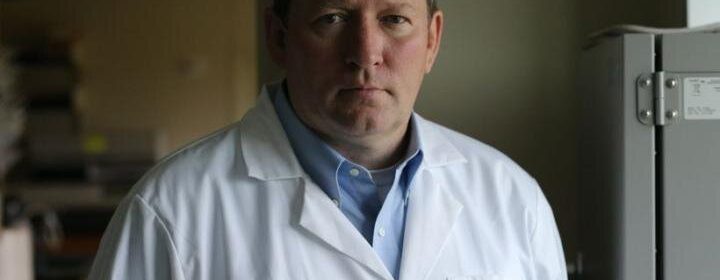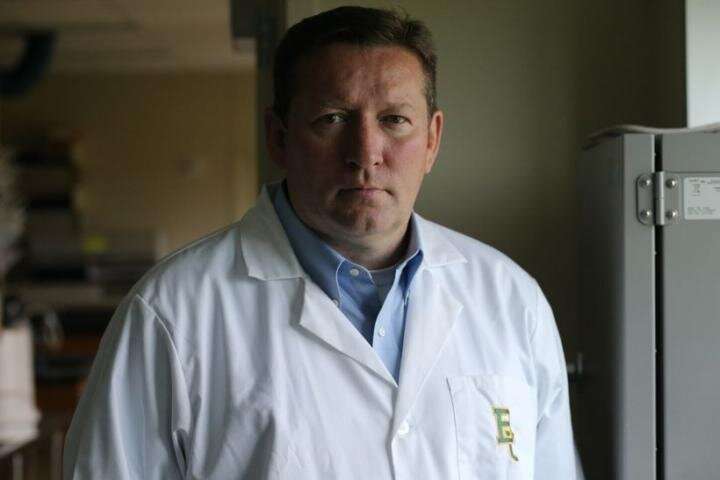Hundreds of environmental health professionals in US report challenges, research needs

Hundreds of environmental health professionals across the nation report challenges and research needs in six areas—drinking water quality, wastewater management, healthy homes, food safety, public health pests and emerging issues such as disaster risk reduction and new facility types for body art and cannabis-infused products—in research from Baylor University and partners.
The article—”Environmental Health Practice Challenges and Research Needs for U.S. Health Departments”—is published in the journal Environmental Health Perspectives. It explores new findings and builds on the initiative Understanding Needs, Challenges, Opportunities, Vision, and Emerging Roles in Environmental Health (UNCOVER EH), launched by partners Baylor University, the National Environmental Health Association and the Centers for Disease Control and Prevention in 2017.More than 1,700 environmental health professionals in health departments across the country provided input for the effort to assess and improve the EH profession and practice. While EH represents one of the largest segments of the public health workforce, 26 percent of EH professionals working in United States health departments are expected to retire in five years, while only 6 percent of public health students are pursuing environmental health concentrations, as highlighted in the report.
Lead author Bryan W. Brooks, Ph.D., Distinguished Professor of Environmental Science and Biomedical Studies, director of Baylor University’s Environmental Health Science Program and editor-in-chief of the journal Environmental Management, discusses the article’s findings in this Q&A.
Q: Why is this article so significant?
DR. BROOKS: Environmental health professionals are one of backbones of public health, working tirelessly to protect local communities from historic and emerging health threats. However, the work they do and the challenges and opportunities facing this profession have not been seriously studied in the U.S. since the early 1960s. This groundbreaking initiative, UNCOVER EH, is beginning to understand one of the largest segments of the public health workforce. The current study provides a clarion call to advance the delivery of the essential environmental public health services and protect the health of our families, friends and neighbors.
Q: How were the six general challenge areas determined?
DR. BROOKS: We employed a horizon-scanning method in which we simply asked environmental health professionals working in health departments across the U.S. what challenges they will be facing over the next five to 10 years. After receiving responses from over 1,700 professionals, their responses were partitioned among common themes, which were examined at a workshop with facilitated focus groups. Environmental health professions then distilled this information to develop several priority problem statements for each of the topic areas.
Q: Can you give some specific examples of problem statements identified as concerns by environmental health professionals who participated in the web-based survey and in-person workshops?
DR. BROOKS: We identified 29 priority problem statements across the workshop themes. Some of these challenges are highlighted in areas with limited capacity, including peri-urban and rural regions across the country. Though environmental health professionals continue to diagnose, intervene and prevent historic public health threats, the efforts they engage are becoming more diverse as emerging threats present new health risks. Important opportunities exist for innovative interventions to ensure clean water, safe food and healthy homes while addressing diverse communicable and noncommunicable diseases that are affecting local communities
Q: Any recommendations for ways EH professionals can better respond to challenges?
DR. BROOKS: This manuscript presents several timely recommendations for professional and academic training, expanding partnerships, including through nontraditional efforts, and translational research. For example, environmental health professionals should be more closely integrated within research teams to maximize the benefits of research funding. We specifically recommend launching a strategic national research initiative to address environmental health practice challenges and needs.
Q: What can the public can do to support EH professionals as they seek to improve their practice?
DR. BROOKS: Most folks aren’t aware of the work environmental health professionals engage until something bad happens, and reports of contaminated drinking water, food-borne illness outbreaks, vector-borne diseases, or natural or man-made disasters appear on the news. I highly recommend resources from your local health department and websites from the CDC’s National Center for Environmental Health, the National Environmental Health Association and the American Public Health Association.
Q: The article notes that 26 percent of EH professionals working in United States health departments are expected to retire in five years, while only 6 percent of public health students are pursuing environmental heath concentrations. That seems disturbing, given the environmental challenges. What can be done to attract and retain EH professionals in the future?
Source: Read Full Article
